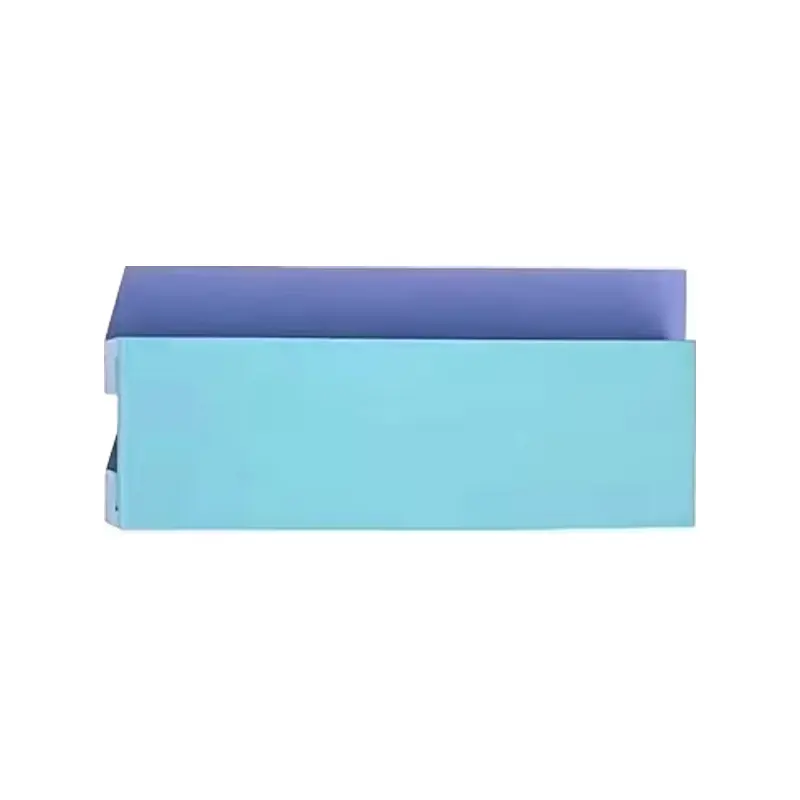Don't you know that Medical-grade silicone is a special type of silicone made for use in healthcare and tools? Unlike normal silicone, this kind follows strict safety rules so it’s safe to touch the human body. It’s kinda soft, bendy, and strong so it works great in lots of medical jobs. It is also used in simple stuff like tubes and seals, and in things like implants and fake body parts also it helps keep patients safe and comfy. So in this post, we’ll look at what makes this material special, where it is used, and why doctors trust it in medical work.
Physical and Chemical Properties
Now let us talk about medical-grade silicone. Not everyone know that medical-grade silicone has special traits that make it great for use in hospitals and clinics. First of all, it’s super soft and bendy, it can stretch and still stay the same and it also won’t break or lose its shape. And this bendiness matters because medical tools need to fit the body well and move without hurting or bothering the skin.
So chemically, medical silicone stays strong and doesn’t break down easily. It doesn’t mix or react with other stuff, so it won’t break or let out bad chemicals in the body. It is also stands up to heat, water, and lots of chemicals, you know things like that can ruin other materials right? Medical silicone is an example to that, it can be cleaned with heat or chemicals over and over without changing and that’s what really important in hospitals, where keeping things clean keeps people safe.
Also medical-grade silicone’s pretty chill with the body, it doesn’t usually bug your skin or cause allergies, so it’s fine for stuff that hangs out inside you like tubes, tools, or implants. And also the surface can be smooth or rough, depending on what it’s doing, and the smooth ones are easier to wipe clean and don’t trap gunk which makes them great for catheters but if you don’t want something sliding around? The rough kind helps it stay put.
Anyways, overall, the mix of bendiness, chemical strength, and safety makes medical-grade silicone great for tough medical jobs while keeping patients safe and comfy.
Sterilization Compatibility
Some of you may not know that one big reason people use medical-grade silicone in healthcare is because it can be cleaned really well. In hospitals, tools have to be super clean with no germs so the materials used need to handle lots of cleaning without falling apart and that's why medical silicone is great for this because it can go through many kinds of cleaning and still stay safe and keep its shape.
When you used plastic tubes, it will melt after one autoclave cycle so just switched to medical-grade silicone. It handled the hot steam just fine, no warping, no mess. Then after that, no more ruined tools, lots of plastics melt or bend when it gets really hot but medical silicone doesn’t, it stays strong and stretchy. And that's why it is really great for stuff that needs to be cleaned with heat a bunch of times. However, it’s not just heat, it is also works with cleaning gases like ethylene oxide or hydrogen peroxide. These ways just use chemicals to kill germs without lots of heat, medical silicone is fine with that and doesn’t get messed up, that means it won’t leave behind bad stuff that could cause trouble later.
Just like back in college, we tried using some random tubing under UV sterilization. After a few rounds, it turned yellow and brittle, and that’s when our lab tech explained why we should’ve used medical-grade silicone instead because it handles UV light way better. Sure, too much UV over time can still wear it down a bit, but compared to other materials? Silicone lasts much longer, since then we’ve stuck with it, and no more cracking tubes. And since it can handle different ways of cleaning, you can use silicone parts again and again and that saves money. Not only that, it also helps makers build stuff with silicone, knowing it’ll stay safe and clean the whole time it’s used.
Resistance to Temperature and Aging
You know Medical-grade silicone is special right? Because it can take hot or cold temps and still stay strong and bendy. Hot or cold, silicone doesn’t mess up it just keeps on working no matter what and that’s why doctors use it in tools that get cleaned a lot or used in rough spots like it won’t crack when it’s super cold or melt when it’s really hot. That’s why it is important when you need things to be safe.
It is also important to know that silicone doesn’t just handle heat and cold, it is also lasts a long time. Other stuff might crack, fade, or fall apart from air, light, or water, but silicone stays strong well silicone doesn’t have that problem because sun and air don’t mess it up, so it stays soft and keeps its shape for a long time. This said medical devices made with silicone can last a long time without needing replacement since it doesn’t age fast, silicone won’t break down from sweat, body oils, or cleaners and that’s why it’s great for stuff like implants, seals, and tubes that touch the body or get cleaned a lot.
It is also important to know that silicone doesn’t just handle heat and cold, it is also lasts a long time. Other stuff might crack, fade, or fall apart from air, light, or water, but silicone stays strong well silicone doesn’t have that problem because sun and air don’t mess it up, so it stays soft and keeps its shape for a long time. This said medical devices made with silicone can last a long time without needing replacement since it doesn’t age fast, silicone won’t break down from sweat, body oils, or cleaners and that’s why it’s great for stuff like implants, seals, and tubes that touch the body or get cleaned a lot.
Generally speaking, people must pick medical silicone when they need something that’s safe and lasts a long time.

 EN
EN
 CN
CN
 AR
AR
 HR
HR
 CS
CS
 DA
DA
 NL
NL
 FI
FI
 FR
FR
 DE
DE
 EL
EL
 IT
IT
 JA
JA
 KO
KO
 NO
NO
 PL
PL
 PT
PT
 RO
RO
 RU
RU
 ES
ES
 SV
SV
 IW
IW
 ID
ID
 LV
LV
 SR
SR
 UK
UK
 VI
VI
 ET
ET
 HU
HU
 TH
TH
 TR
TR
 FA
FA
 AF
AF
 MS
MS
 GA
GA
 CY
CY
 MK
MK
 KA
KA
 UR
UR
 BN
BN
 MN
MN

